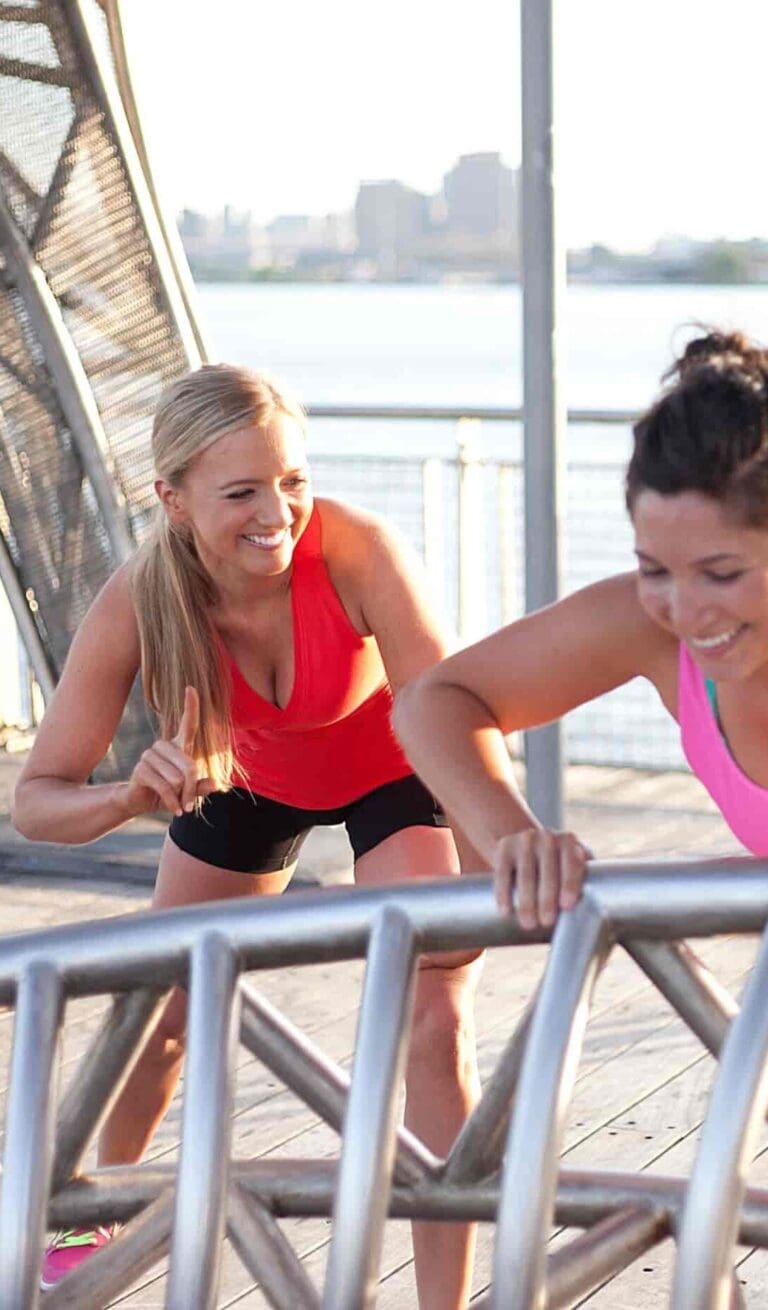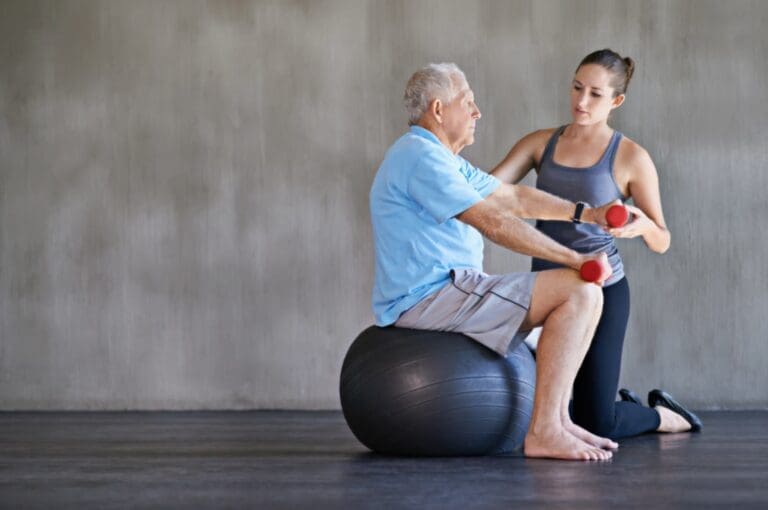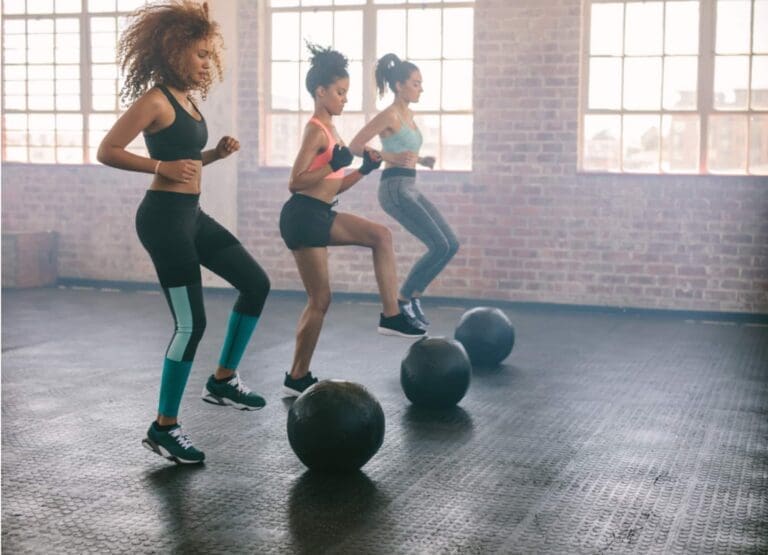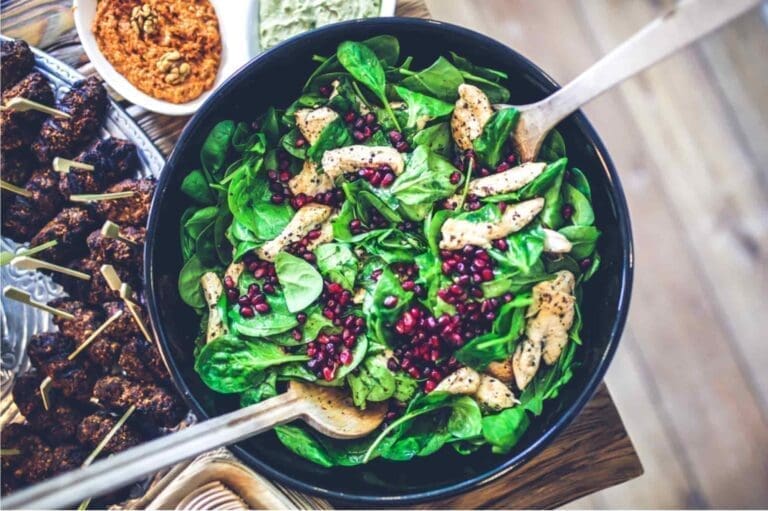
When I have a new client who is either starting a new workout program for the first time or getting back into exercising after taking months or years off, they usually have many of these common questions:
-
- How to set a fitness goal?
-
- How to eat before and after a workout?
-
- How to warm up for a workout?
-
- Should I stretch before or after a workout?
-
- How to know if I am training too much?
I am here to answer all of these questions for you today so you can get the most out of your new workout routine and can start losing fat and gaining lean muscle!
1. Set a realistic health and fitness goal that you can work toward
Let’s be realistic here, you aren’t going to lose 20 pounds in a week. The weight didn’t come on overnight and it’s not coming off that way either. Those who achieve the most amazing body transformations do so by reaching a series of progressive, attainable, and measurable goals. Set a timeline for your goal, you might want to set a goal to lose a certain amount of weight in an 8-12 week period. But keep in mind, you can only safely lose about 1-2 pounds of fat in a week so you can let that be your guide when choosing your weight loss goal. Write down your goal and post it somewhere that you can see every day to keep you motivated.
Guidelines for choosing how many days should you workout when you are just getting started
When you are starting a new fitness routine for the very first time, you will want to build up gradually so you don’t get burned out. For the first 2 weeks, your new program should have 2 strength training days that are 2-3 days apart, with cardio days in between. As you build your endurance, move up to 3 strength training days and 2-3 cardio days. Your cardio can include activities like running indoor or outdoor, swimming, indoor cycling, etc. which will hit different muscle groups and keep the intensity up.
2. The best warm-up before your workout
The best movement before a workout is active dynamic stretching, or simply do a 5-10 minute warmup jog on the treadmill before you jump into a workout. Studies have shown that static stretching before your workout can lead to increased injuries, as you’re stretching your muscles when they haven’t been properly warmed up. Stretching is best for your body post-workout.
3. Read: ,,5 types of warmup routines for running, HIIT, Barre, indoor cycling, and Rowing.
4. The best pre-workout nutrition
What you eat before your workout is very important because your body will use that food as fuel to give you energy to workout and it will also help you to perform better. If you workout without anything in your stomach, you’re going to be operating with low glucose levels in your blood, which can cause you to pass out or vomit. Think of your body as a car, it needs gasoline to run. I recommend eating a homemade granola bar or something containing complex carbohydrates such as a piece of sprouted grain toast and peanut butter 30 minutes to an hour before a workout.
5. The best post-workout nutrition
Don’t skip your post-workout meal! This is just as important as your pre-workout meal. When you fuel your body post-workout, you are helping to decrease muscle breakdown and increase muscle growth. This meal should be high in protein and include complex carbs such as almonds and fruits, or a protein bar to refuel and restore your body.
6. Avoid overtraining
“Overtraining” is when you’re not properly programming your workouts. For example, taking a spin class Monday, then doing a tough leg workout Tuesday, then going on a long run Wednesday, followed by another Spin class Thursday. You want each muscle group to have time to rest between sweat sessions. This is why hiring a ,,personal trainer can really benefit your weight loss and fitness goals as you’ll ensure you’re working out the correct muscle groups on the correct days. Overtraining symptoms are; decreased performance, so not able to move as fast or able to move your body for the same length of time as it usually moves, body fatigue, or chronic soreness that doesn’t seem to recover. Stress hormones will increase, causing moodiness and cortisol levels to rise.
If you would like help in determining what kind of workout is best for you and your goals, then ,reach out to me. I’d love to help get you started on your weight loss journey!






